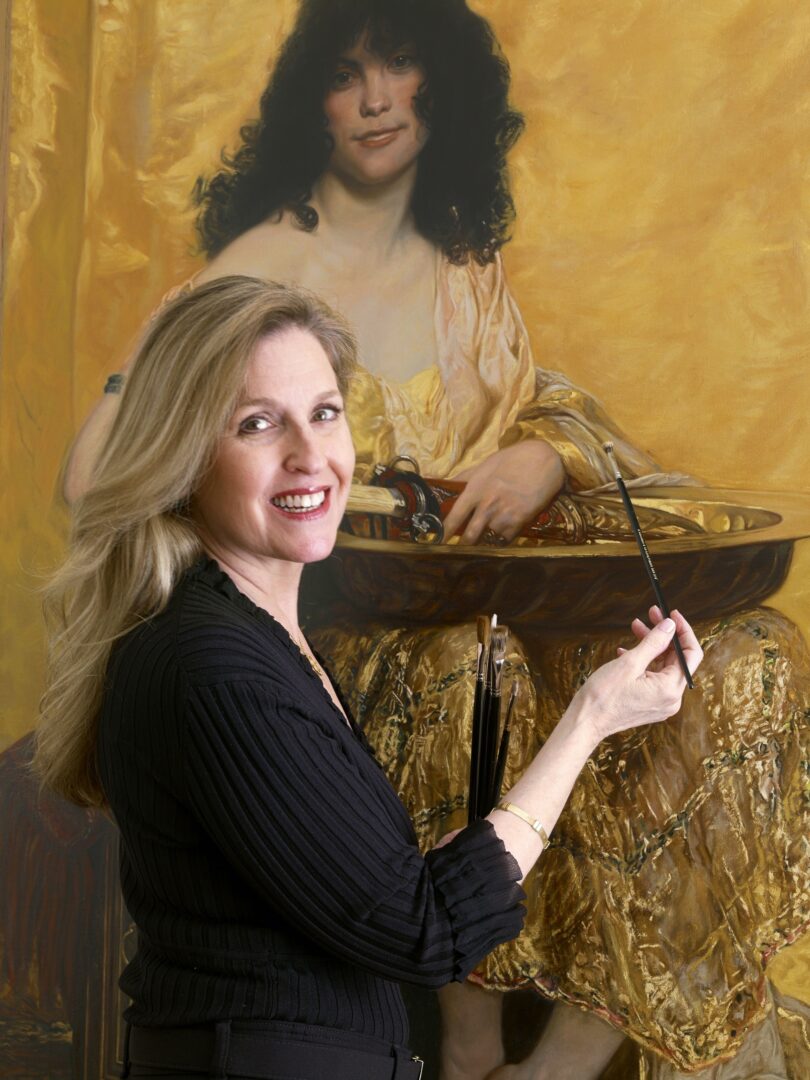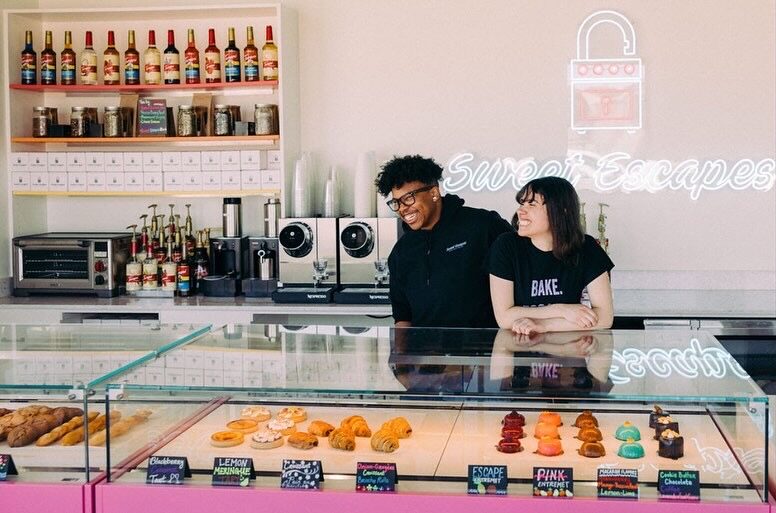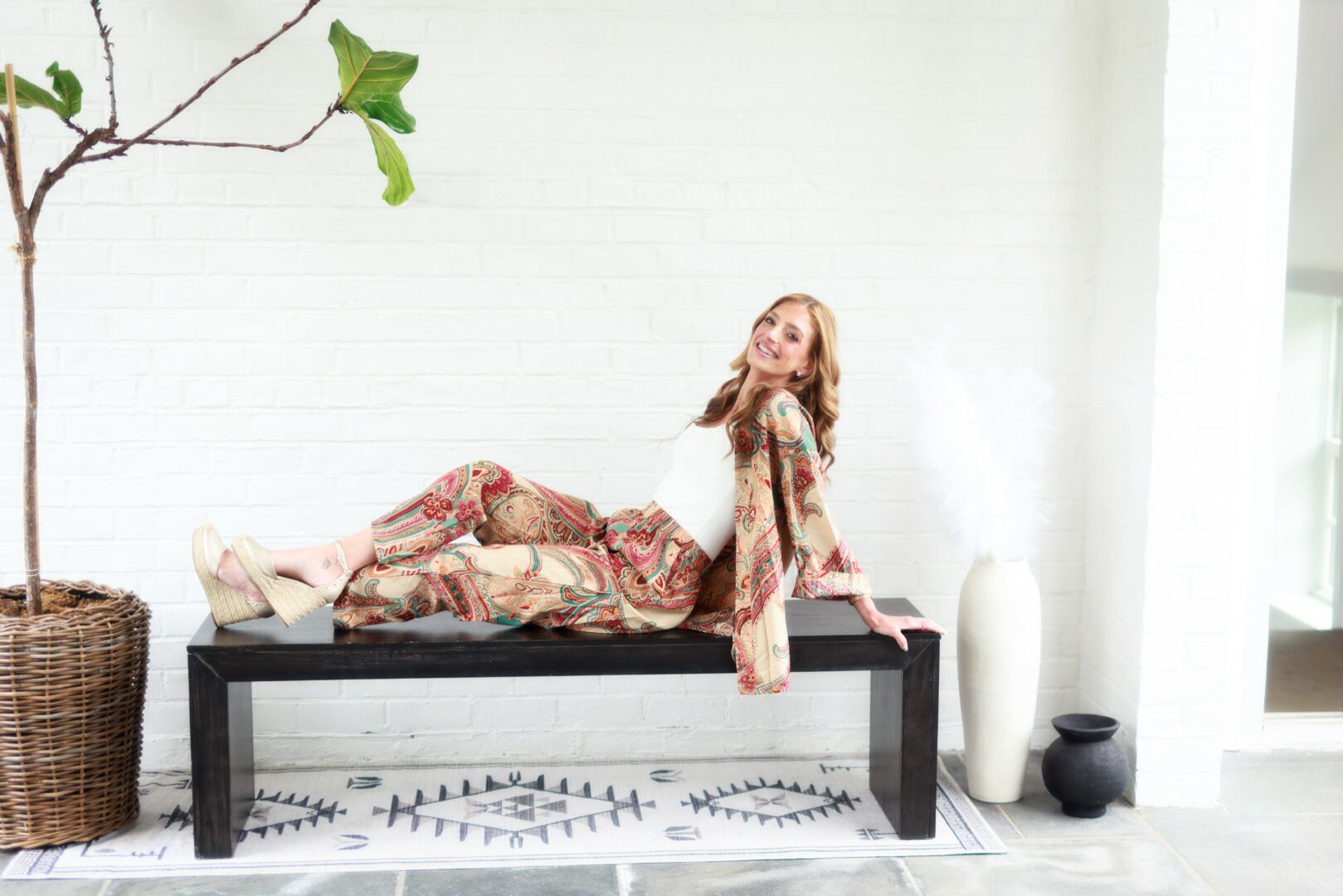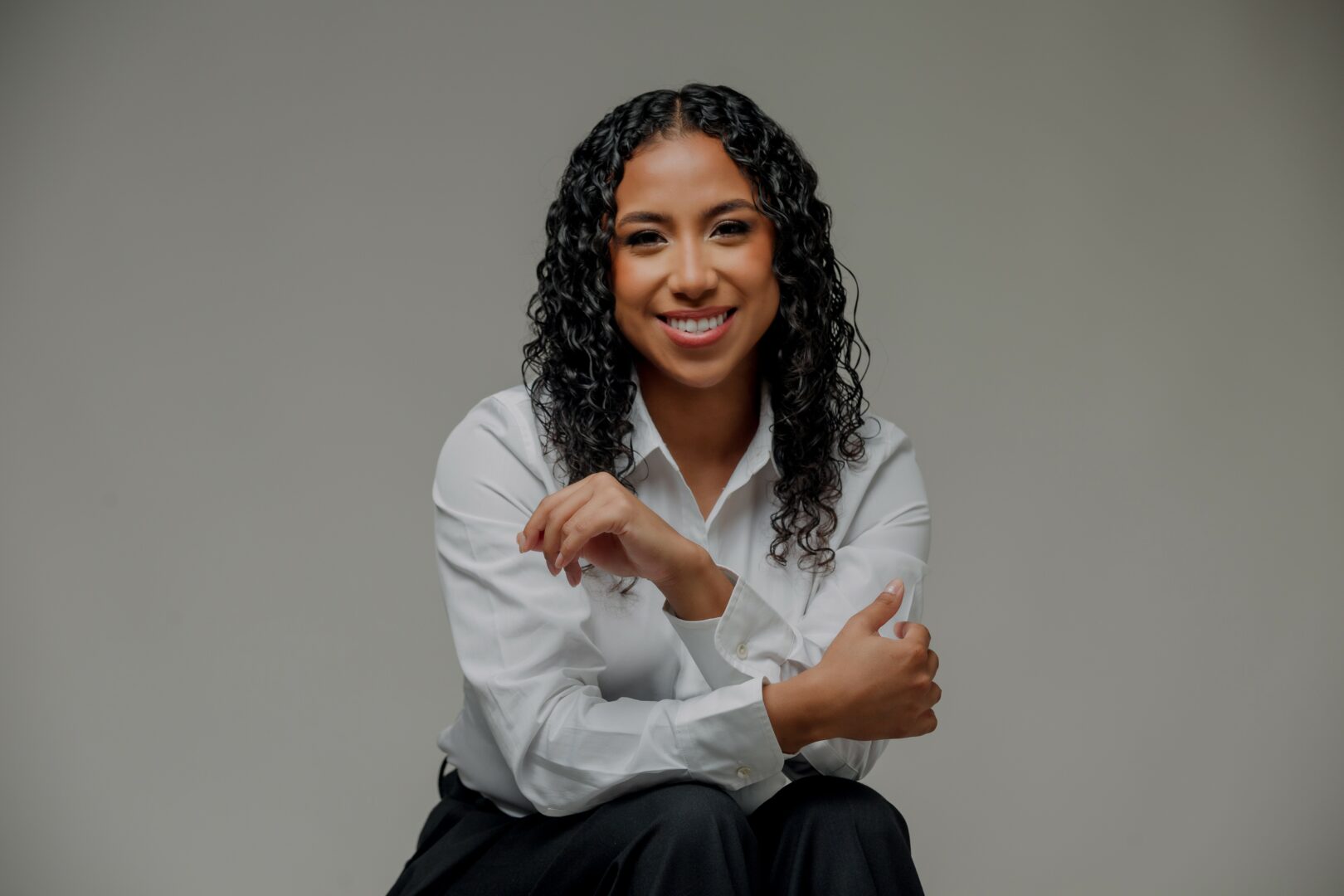Nanette Fluhr shared their story and experiences with us recently and you can find our conversation below.
Good morning Nanette, it’s such a great way to kick off the day – I think our readers will love hearing your stories, experiences and about how you think about life and work. Let’s jump right in? What do the first 90 minutes of your day look like?
Good morning, and thank you for the opportunity to share my experiences. The first 90 minutes of my day are about centering myself so I can move through the rest of it with clarity and intention. I usually begin with movement, often a walk or light exercise, followed by meditation. That rhythm helps me check in with myself before the day starts pulling me in a hundred directions.
After meditating, I often journal. It’s not just a record—it’s a quiet dialogue with myself. I write down whatever insights come through, and that process helps me release what I need to so I can be fully present. Some mornings I feel the pressure to dive straight into tasks, but when I take the time to center myself, everything flows more thoughtfully, whether I’m painting, teaching, or managing the business side of my work.
Whenever possible, I step outside. Even a few minutes in nature—watching the light shift, hearing the birds sing, or simply breathing fresh air—has a quieting effect. It brings me back to myself. As an artist, that space is essential. It allows me to enter the studio aligned with what I want to say, rather than just reacting to what the world is asking of me.
Can you briefly introduce yourself and share what makes you or your brand unique?
I’m a contemporary realist painter specializing in portraiture. Rooted in the classical tradition, I am devoted to creating museum-quality work that honors the individuality and spirit of each subject. My paintings have been exhibited in prestigious venues across the U.S., Europe, and China, including the European Museum of Modern Art (MEAM) in Barcelona, the Butler Institute of American Art, the Wausau Museum of Contemporary Art, and most recently, the New Salem Museum and Academy of Fine Art.
Since my last Canvas Rebel interview, my work was included in the Lunar Codex—a time capsule of art and literature that has now been launched and archived on the Moon. One of my portraits was also sold through Sotheby’s at the New York Academy of Art’s “Take Home a Nude” auction. I was honored with the Outstanding Woman Artist Achievement Award by Manhattan Arts International. I also completed a residency at the Pouch Cove Foundation in Newfoundland, where the dramatic landscape inspired new creative directions.
I teach and lead workshops for artists seeking to deepen their skills in realism and classical methods. I love sharing what I’ve learned, not just about painting, but about sustaining a meaningful creative life. My approach blends technical rigor with emotional resonance, and I strive to create work that feels timeless, human, and true.
It’s a privilege to reflect the legacies and cultural richness of the individuals I paint, and I’m deeply grateful for the opportunities that have brought my work into public view. Whether I’m exploring personal themes or honoring others through commissioned work, I strive to create portraits that celebrate the dignity and diversity of human experience. Each painting is a chance to connect—with stories, with memory, and with the enduring beauty of the human spirit.
Amazing, so let’s take a moment to go back in time. What part of you has served its purpose and must now be released?
There was a time when I felt a quiet pressure to ensure my work was well received—to have it praised, understood, and enjoyed. I wanted the work to offer something meaningful, and I worked hard to meet that mark. It taught me discipline, responsiveness, and how to listen closely.
I’ve come to see that resonance doesn’t come from trying to please—it comes from painting what’s true. That shift began when I stopped looking outward for confirmation and started trusting my own instincts more fully. A self-portrait titled “A Lotus Grows in the Mud” marked that turning point. It wasn’t created for anyone but myself, and yet it carried something essential. In following that impulse, I found a deeper kind of clarity—one that didn’t ask for permission.
I still care deeply about the people I paint and the students I teach. That connection remains central but I no longer shape my work around reception. I trust that when I paint what feels honest and necessary, the work will find its way.
Letting go of that earlier mindset has opened space for risk, for depth, and for a more grounded sense of purpose. I don’t need to earn my place by meeting expectations. I know what I bring. And I trust that when I follow what’s real, the work will speak.
If you could say one kind thing to your younger self, what would it be?
I’d tell her this: Your sensitivity is a strength. Your intuition is real. Your voice matters.
The world may try to convince you to toughen up, to be less affected, less attuned, less you. Don’t listen. The way you see, feel, and care is exactly what will make your work meaningful. Trust that.
Don’t rush to figure everything out. The path you’re carving is yours alone, and that’s enough.
You know so much more than you realize. And what you don’t yet know, you’ll learn by living it.
Sure, so let’s go deeper into your values and how you think. What’s a belief or project you’re committed to, no matter how long it takes?
I’m deeply committed to preserving and evolving the classical realist tradition. It’s not just a technique to me; it’s a language. The methods of the Old Masters hold an incredible depth of knowledge, and I believe they still have so much to offer contemporary artists and audiences.
This work isn’t about trends or shortcuts. It’s about slowing down, paying attention, and making something that lasts. Whether I’m painting or teaching, I’m devoted to that kind of intentional creation—the kind that honors both craft and meaning.
Realism, at its best, isn’t about replication. It’s about revelation. It invites us to look more closely, to feel more deeply, and to remember what’s worth preserving.
Thank you so much for all of your openness so far. Maybe we can close with a future oriented question. What is the story you hope people tell about you when you’re gone?
Thank you again for the chance to reflect on these questions. I hope people say I helped them feel seen—through a portrait, a moment of presence, or something I offered as a teacher or a peer. That I stayed true to beauty, even when it wasn’t fashionable. That I made work that was honest, human, and full of care.
My legacy isn’t about clinging to the past; it’s about bringing timeless truths into the present. My paintings aren’t just likenesses; they’re emotional landscapes. One of them, “Determination”, a portrait of my son Lonny, was the first of my works to be archived on the Moon through the Lunar Codex. It’s now permanently housed there—a quiet but profound gesture of endurance.
If my work continues to connect with people, to remind them of their own dignity or someone they love, that would mean the world to me.
At the end of the day, I hope the work, and the way I lived, made life just a little more beautiful, more thoughtful, and more real.
Contact Info:
- Website: https://www.nanettefluhr.com
- Instagram: https://www.instagram.com/nanette_fluhr/
- Linkedin: https://www.linkedin.com/in/nanette-fluhr-4328648a/
- Twitter: https://twitter.com/NanetteFluhr
- Facebook: https://www.facebook.com/nanettefluhrfineartportraits/
- Youtube: https://www.youtube.com/channel/UC0i8alc7M_hByel2IaqdLSg
- Other: https://www.artsy.net/artist/nanette-fluhr
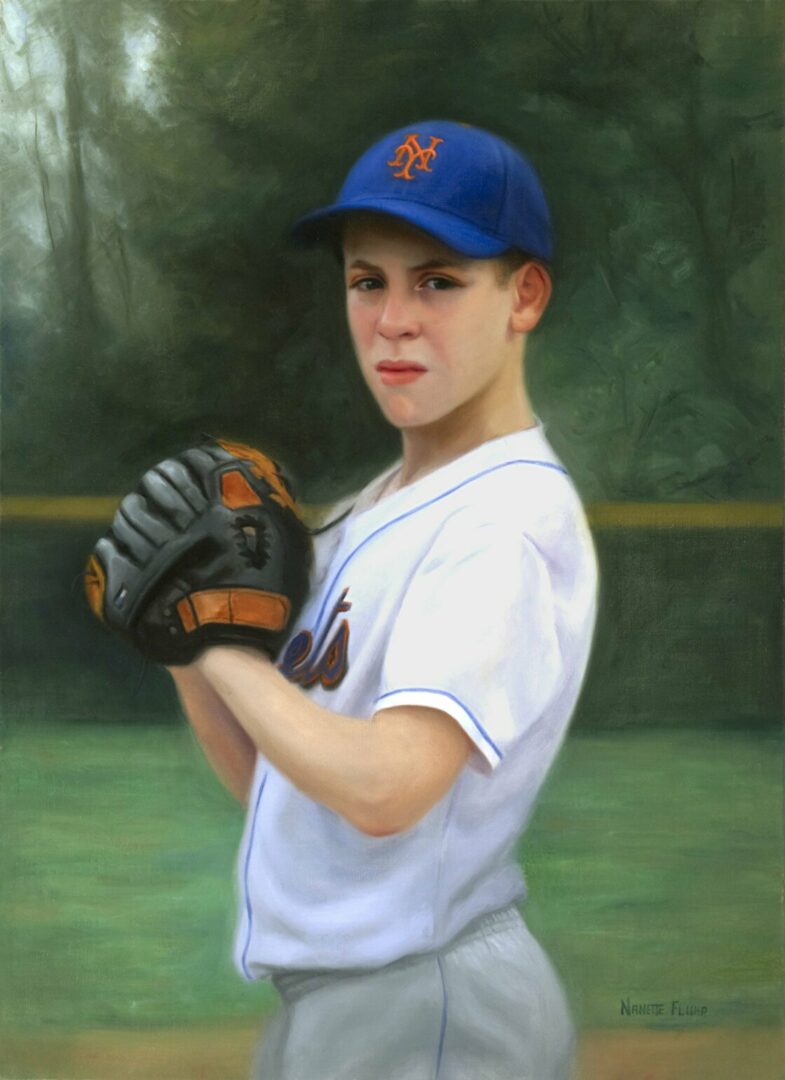
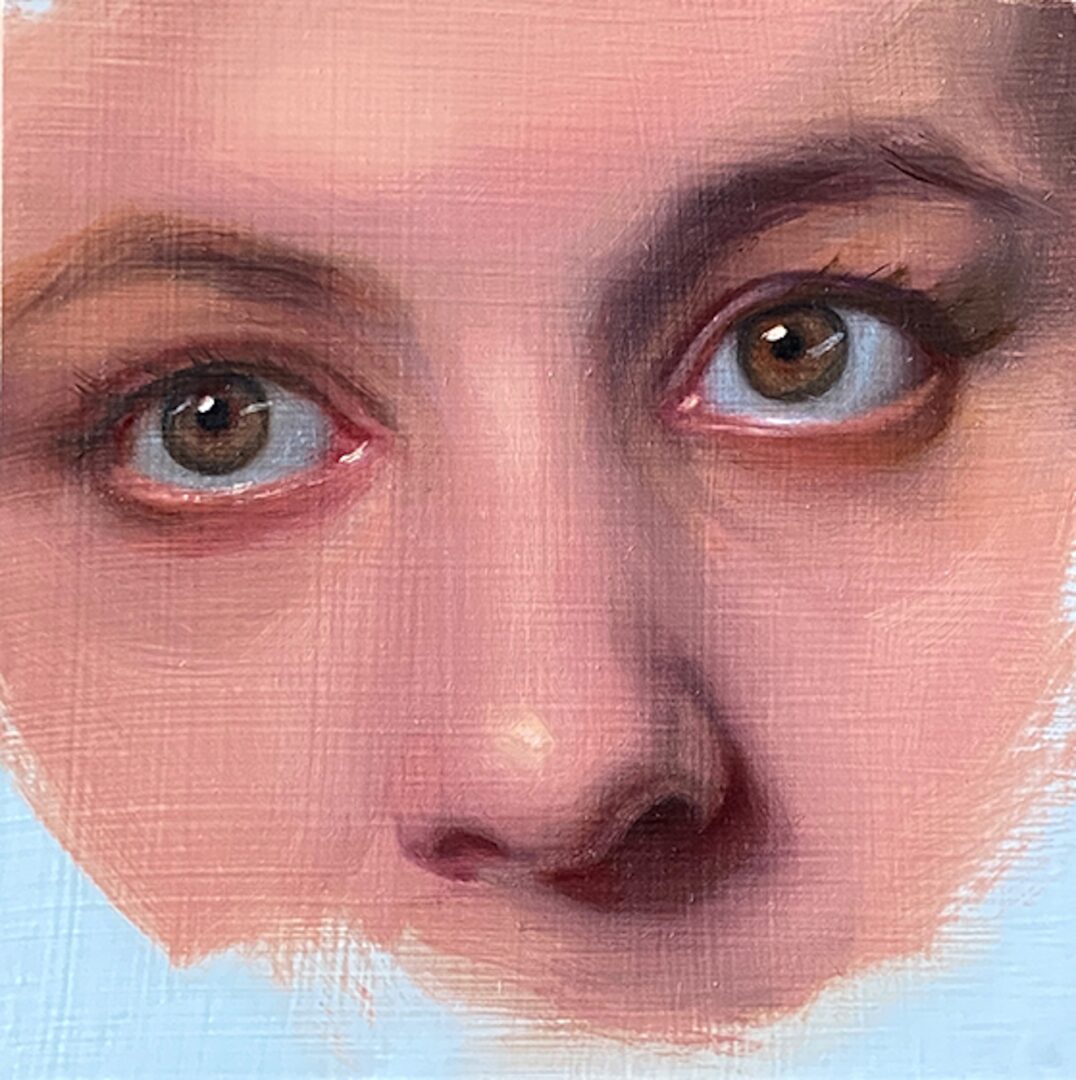
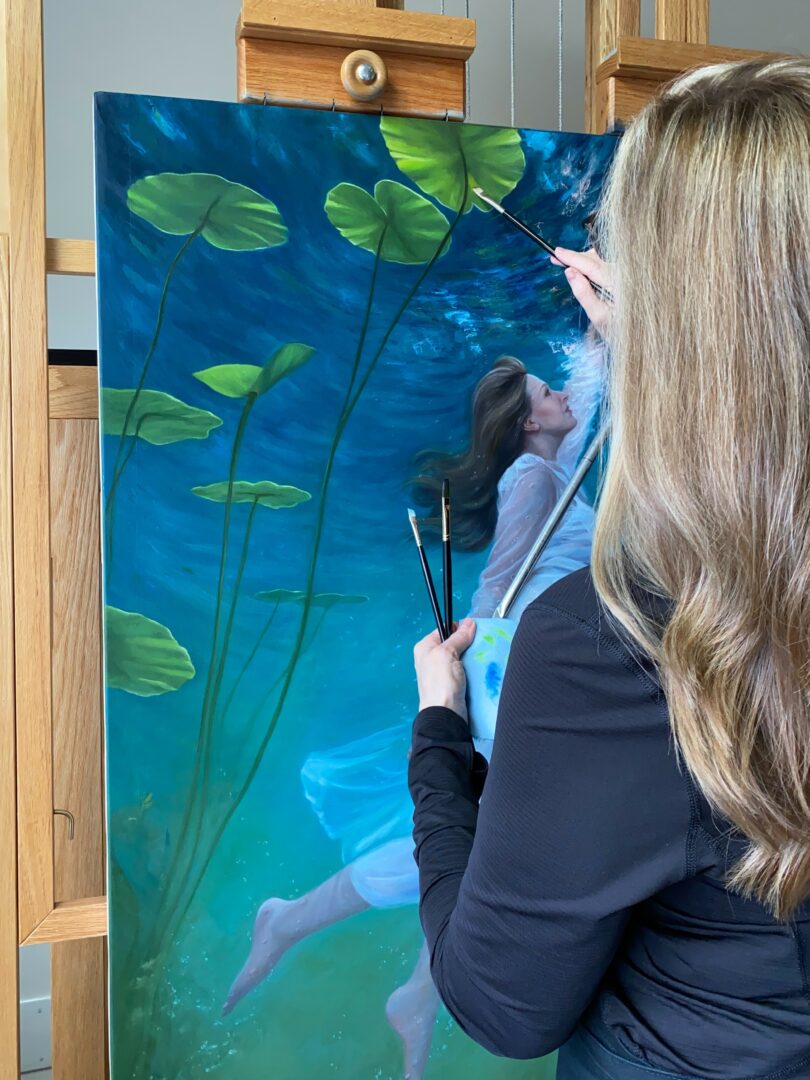
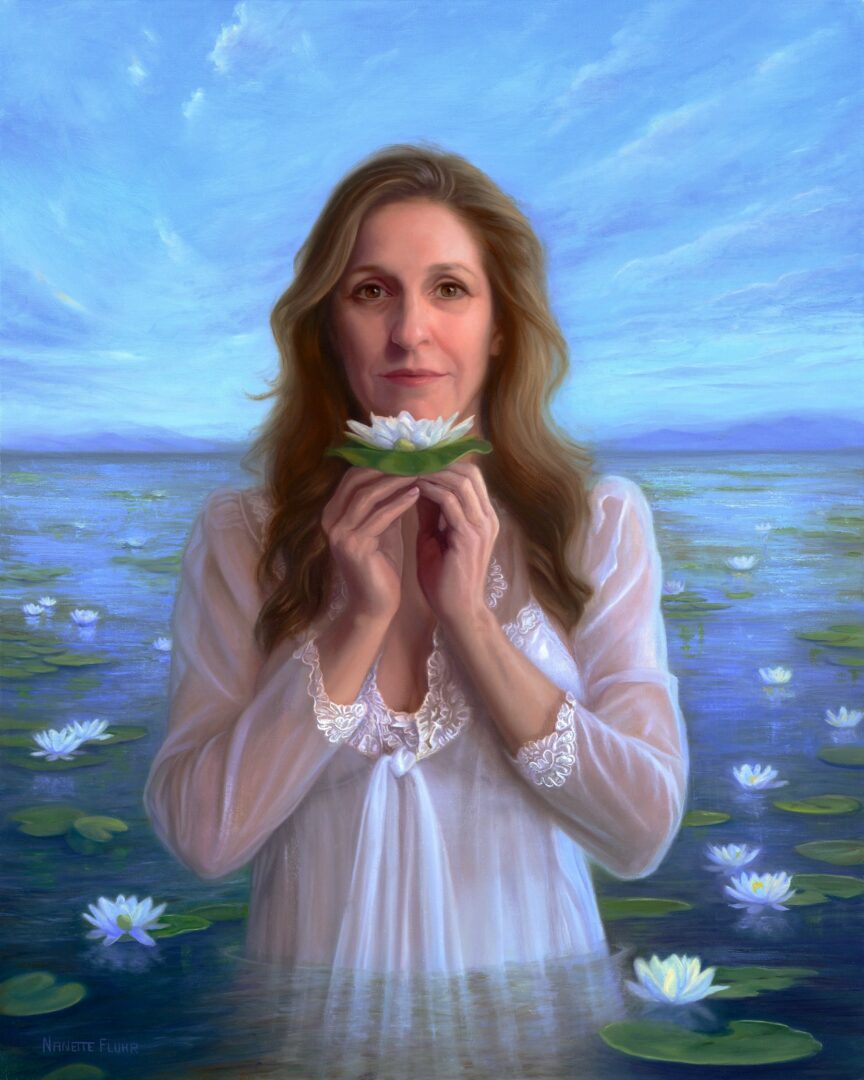
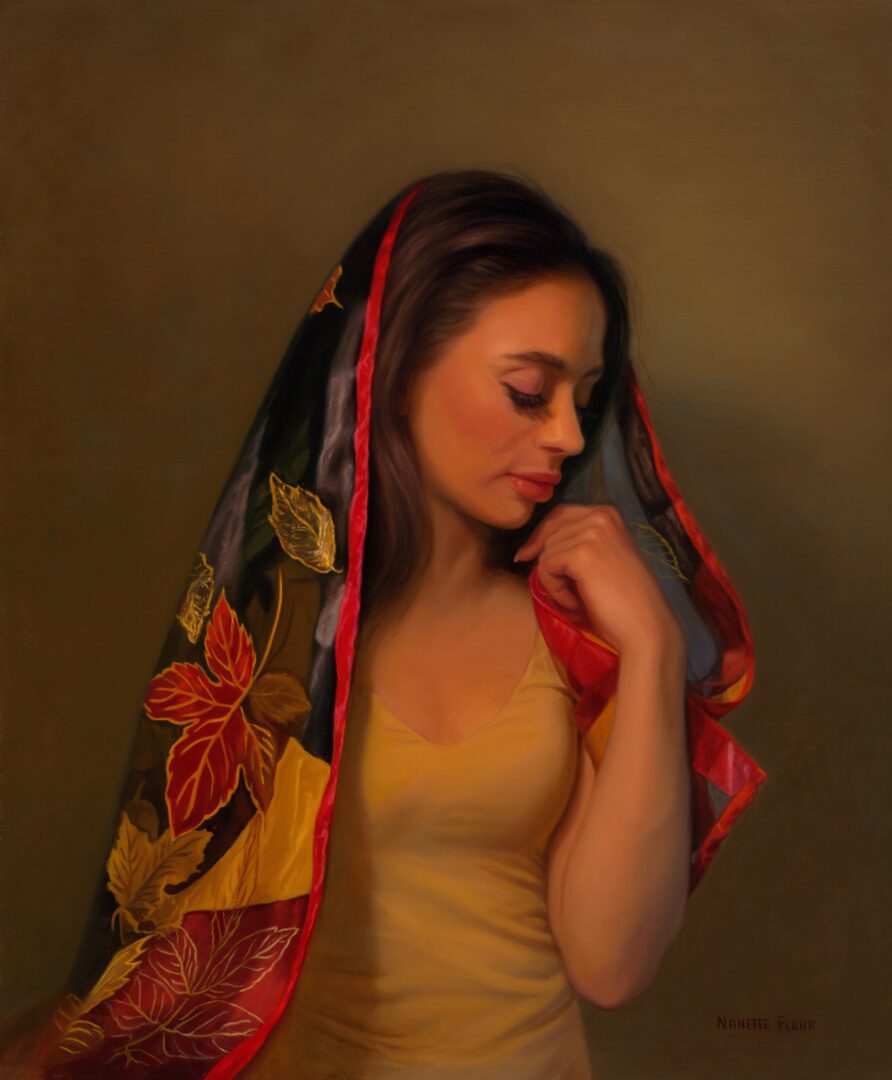
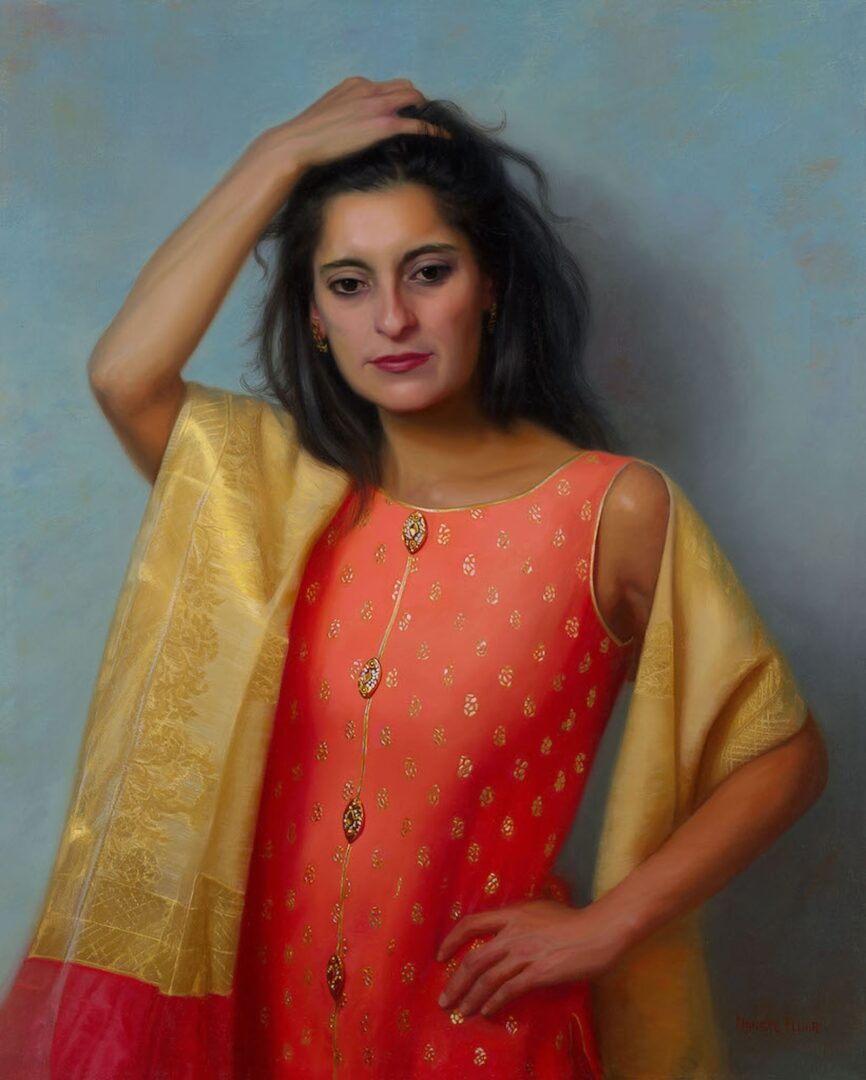

so if you or someone you know deserves recognition please let us know here.

